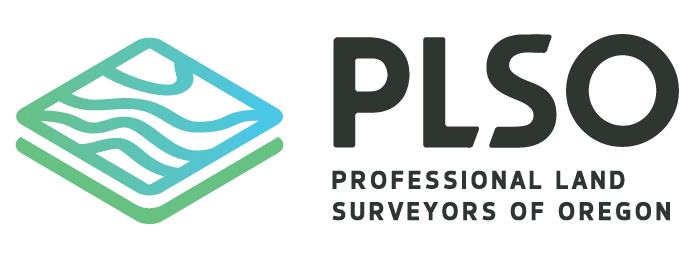The Oregon Legislature held an Emergency Session last week, ending late on Friday, June 26th. During the three-day marathon, the Capitol was closed to the public and to lobbyists. Nonetheless, I actively advocated on your behalf, testifying remotely, and connecting with lawmakers over the phone and by email.
The Emergency Session had two purposes: it dealt with COVID-19 related issues, but it was dominated by bills related to policing and the race-related civil unrest gripping our country right now.
With no industry-specific legislation, most of my advocacy was as part of the Oregon Employer Roundtable. During the Special Session, the Roundtable advocated for a liability shield for businesses who are making a good faith effort to follow through on COVID-19 guidance for employers. Sadly, Democratic leadership kicked the can down the road, creating a work group rather than creating protections for businesses. This was particularly disappointing because there were enough votes in both the Senate and House to pass protections for businesses.
Trial lawyers and labor groups exerted enough pressure to stop our amendment. More information is detailed below. I am hopeful protection will be adopted during the next Special Session, which will come in late July or early August.
As the COVID-19 Pandemic continues to evolve, along with the ever-changing responses from Federal, State and Local governments, I also continue to monitor these changes and advocate on your behalf, and on behalf of the business community in general. Below are updates on just some of what has been happening.
GENERAL GUIDANCE FOR EMPLOYERS
On June 11, the Oregon Health Authority provided new guidance for businesses. If you haven’t reviewed this document, it should be high on your “to do” list for this week.
General Guidance for Employers / June 11, 2020
COUNTY SPECIFIC MASK REQUIREMENTS
Beginning June 24, Governor Brown required everyone in Clackamas, Hood River, Lincoln, Marion, Multnomah, Polk, and Washington counties to begin wearing masks or face coverings when in indoor public spaces. She has since added Clatsop county beginning July 1. This new requirement will likely impact your members, especially if they have an area of their place of businesses where customers visit and/or if they visit workplaces which are open for business, or occupied homes.
County Specific Mask Guidance / June 22, 2020
GET REAL TIME UPDATES FROM OREGON HEALTH AUTHORITY
You can review the ever-changing guidance from the Oregon Health Authority at their dedicated website, and register to receive their email updates below:
Oregon Health Authority COVID-19 Website
COVID-19 Guidance Email Sign Up
EMERGENCY SESSION FAILS TO PROTECT BUSINESSES
The threat of lawsuits from employees, or members of the public, related to COVID-19 is both unlimited and very real. And the threat isn’t limited to businesses. The Oregon Employers Roundtable efforts to provide liability protections included a partnership with local governments and nonprofits across the state who are facing the same uncertain future as businesses.
More than 50 organizations signed on to a letter requesting protections. Rep. David Gomberg (D-Lincoln City) — a small business owner — spearheaded a letter signed by ten Democratic House members asking leadership for our amendment. These ten Democrats, when added to the Republicans, ensured enough votes to pass a liability protection amendment. Rep. Caddy McKeown (D-Coos Bay) drafted the amendment and had it ready for adoption by the Joint Committee. However, the Speaker of the House, Tina Kotek (D-Portland), announced after a break in testimony before the committee that the amendment would not be adopted.
Speaker Kotek did say a work group would discuss the issue and some kind of liability protection may be considered by a future Emergency Session of the Legislature.
Below is a link to all of the bills passed by the Emergency Session of the Legislature. You can click on any bill number to read the actual legislation. There are also links to the letter by the ten Democrats and the amendment they drafted, and links to the testimony requesting protection and an earlier letter from Labor groups opposing efforts to protect businesses.
Bills Passed During the Emergency Session
Employers Plead for Liability Relief
Ten House Democrats Help Employers
Employer Protection Amendment
Labor Groups Weigh In
WORKERS COMPENSATION STILL AN UNRESOLVED ISSUE
One of labor’s demands during the Emergency Session was a new presumption in Workers Compensation law that all positive COVID-19 cases are covered by Workers Compensation insurance. The business community strongly opposed this demand. To her credit, Governor Kate Brown pushed the issue away from the Emergency Session and to MLAC (the Management-Labor Advisory Committee). The Legislature created MLAC in 1990 to ensure changes to Oregon’s highly successful workers compensation system are deliberate and thoughtful. I applaud Governor Brown for her letter (see link below to read her letter).
Governor Brown's letter to MLAC June 23, 2020
If you have any questions about any of the information provided here, please email or call me at 971-388-1786.

